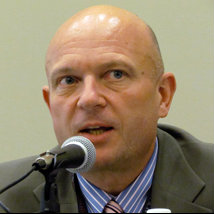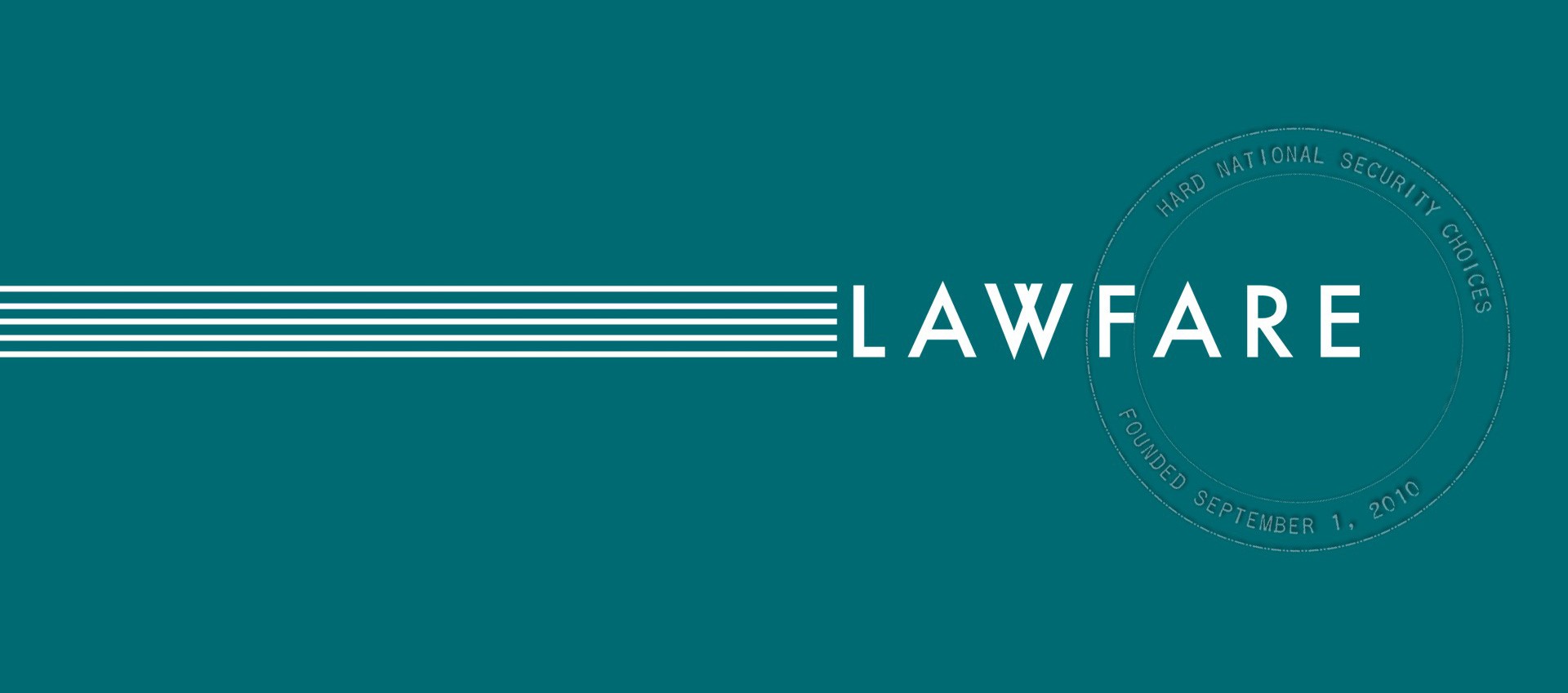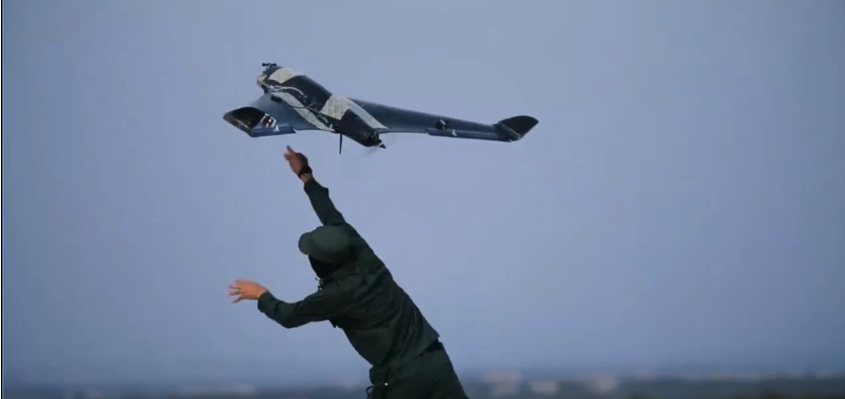Manzanar in California's Owens Valley on Independence Day
Happy Independence Day to Americans everywhere! My wife and I are on vacation in the Eastern Sierra Nevada mountains of California, a part of it called the Owens Valley (which, His Serenity notes in passing, is God’s Own Country). We watched fireworks last night put on by the Paiute-Shoshone Indian Reservation in the town of Bishop, sponsored by the tribe’s Indian veterans post (which has a great exhibit of the tribe’s many military veterans stretching from today back to WWI, located in the Cultural Center in Bishop).
Published by The Lawfare Institute
in Cooperation With

Happy Independence Day to Americans everywhere! My wife and I are on vacation in the Eastern Sierra Nevada mountains of California, a part of it called the Owens Valley (which, His Serenity notes in passing, is God’s Own Country). We watched fireworks last night put on by the Paiute-Shoshone Indian Reservation in the town of Bishop, sponsored by the tribe’s Indian veterans post (which has a great exhibit of the tribe’s many military veterans stretching from today back to WWI, located in the Cultural Center in Bishop). Independence Day in Washington DC, where we live, is great, but there’s something special about celebrating it in small towns in America. So, eating BBQ and watching the July 4th fireworks in a town of 4,000 people in a deep, high-desert valley between the Sierra Nevada crest on the one side, and the almost equally high White-Inyo crest on the other. Happy 4th of July to all our readers.
I wanted to say something, though, about one other excursion that we’ve made here in the Owens Valley - this one to the WWII historical site of Manzanar, which lies to the south on Highway 395, between Independence and Lone Pine. Manzanar was an internment camp, one of the camps to which Japanese-Americans were forced to relocate during WWII. The forced internment was one of the great injustices and violations of Constitutional civil liberties of the WWII period, of course, and the vindication of Fred Korematsu’s original WWII-era lawsuit a victory for civil liberties despite the many, many decades it took. Manzanar itself has been preserved as a historical site under the administration of the National Park Service. It is an extraordinary and sobering experience to visit it, as many tourists do, just off of Highway 395. The Manzanar tour - it can be done in the car (given the summer temperatures, it can be a good idea), or on foot - gives a remarkable picture of the daily lives of those who were interned in the camp during the war.
I’ve often visited Manzanar over the years with my wife and daughter, in part because it causes me to think of a more personal connection with the Japanese-American internment, linked to my mother. Manzanar was only one of the ten internment camps scattered throughout the western states. Another was located in Topaz, Utah - in the desert of western Utah, near the town of Delta, off Highway 6. Fred Korematsu, in fact, was interned at Topaz. Also interned at Topaz, however, was a young Japanese-American woman named - well, the only name I ever knew her by was “Hurkie” Yoshioko. (A nickname, but I have no idea what her actual first name was.) The daughter of a Japanese-American dentist in Los Angeles, she and her family were sent to Topaz. In the later years of the war, she was permitted to work at fruit and vegetable cannery some distance from Topaz itself.
My mother, then a young teenager (born and raised in Morgan, Utah), was living with relatives in the Delta area in those war years. She also started working in the cannery, where she and Hurkie became good friends. Needless to say, Hurkie’s pre-war life, as the daughter of a respected professional in the LA Japanese-American community, had been shattered. Life in an internment camp in the middle of a desert was entirely strange to an urban-raised LA girl; likewise, going to work in an agricultural canning factory, on the assembly line, had to have been an alien experience. But Hurkie remained outwardly cheerful and resolute, whatever her inner feelings were, my mother said, and even though, as Hurkie herself once told me, she simply never understood how the US government could imagine that she and her family were not as loyally “American” as the rest of them.
After the war, Hurkie and her family returned to Los Angeles, where she married and she and her husband had two sons, who went on to respected business careers. But she and my mother never lost touch by mail, and when my parents moved to Los Angeles in the 1950s, so my father (who had come down from Alberta, Canada) could attend school, Hurkie undertook to take care of the Andersons, who by then included me - helping my parents find housing, sort out schools, even to get vaccinations for my brother and me at the free public clinic. She and my mother, and our families, remained close friends even after we and they moved to the suburbs (and my dad finally finished school and got a real job, as my mom put it). All of them are gone now, my parents, and Hurkie and her husband. The last time I saw her was at my mother’s funeral many years ago. It was a striking friendship in the circumstances, though, including that my mother was always shy and retiring.
I don’t have any “political” point to make in this post, or even any “moral of the story” to tell. It's certainly not one of those "#AmericaNeverWasGreat" posts; quite the contrary. It's simply that being in Manzanar this trip, and seeing the prayer offerings at the shrine, left there even today by those passing through, caused me to think back to this Japanese-American woman who meant a great deal to my mother and my family through the years, and did so much for us. This young woman made friends, after all, with a shy girl much younger than herself, a girl from a poor rural family in the middle of nowhere in Utah, under the unprepossessing conditions of working side-by-side in an agricultural factory while herself being interned, unjustly, forcibly and, until Fred Korematsu finally prevailed, without redress. They stayed friends, and in important ways early on she looked after my family (she also babysat me a couple of times when I was still a baby, which cannot have been a treat), when my rural parents moved to the scary big city, which was Hurkie’s true home. She was a remarkable woman.
Visiting Manzanar this trip at Independence Day caused me to think of her, and to set down the strange ways in which even grave, life-shattering injustices can lead to unexpected and lasting friendships. Happy Independence Day and 4th of July.





